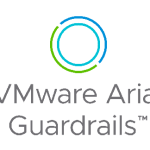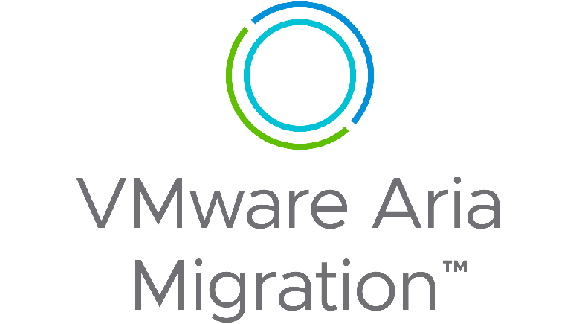Cloud operations teams play a critical role in creating an organization-wide culture of continuous governance. Gain an understanding of the different steps in the operational governance maturity model and best practices to help you get started.
In the cloud era, IT operations has the opportunity to elevate its standing within the enterprise and influence business strategy and outcomes. It should no longer be limited to a simple fulfillment center for end users’ IT service requests or a maintenance engine for data center infrastructure. Cloud operations teams must build a framework that balances innovating with optimizing time, reducing costs, and minimizing risk.
Cloud operations, agile development processes, and continuous integration and delivery (CI/CD) frameworks are now, without a doubt, the foundation of an enterprise’s digital and business transformation. But it’s also driving another transformation: reimagining the role of infrastructure and operations teams.
There are two primary methods of IT service – centralized and decentralized. I’ve written a series of blog posts on the recent trend towards more decentralized IT service delivery and consumption, however most enterprises have both methods in place.

As cloud usage grows and more users want to access and deploy their own cloud services, most organizations are adopting a strategy of centralized governance and decentralized execution.
They achieve this by setting policies, guidelines, and guardrails for proper usage and then enforcing them via socialization and manual or automated remediation actions. Enterprises are using a Cloud Center of Excellence (CCoE) to bring key stakeholders together, develop a centralized cloud strategy, and define best practices for decentralized execution.

In the whitepaper, Building A Successful Cloud Operations And Governance Practice, I outline the critical role cloud operations plays in a CCoE and in the organization overall. CloudHealth recommends cloud operations teams follow a cloud maturity framework that serves as a roadmap for efficient and automated cloud operations.

Phase 1: Visibility
From a cloud operations perspective, visibility focuses on usage, configuration, performance, security, and tagging hygiene. In this phase, some best practices to get started include:
- Discover and link cloud accounts
- Establish good tagging hygiene
- Group all cloud assets by teams, owner, application, and business unit
- Identify misconfigured and non-standard assets
- Establish showback/chargeback
- Find actively running cloud resources that are unused
- Build a baseline for utilization and performance
Phase 2: Optimization
Once you have adequate visibility, a baseline for tagging hygiene, proper configuration, and required performance metrics, you can see where you’ve wasted spend and take steps to optimize the environment. Best practices include:
- Identify unsanctioned services, untagged assets, and misconfigured assets
- Rightsize your cloud infrastructure
- Identify and decommission zombie infrastructure
- Optimize committed discounts
Phase 3: Governance and Automation
After you’ve identified and optimized areas for improvement, you can implement governance policies and eventually, automate remediation actions. You can learn more about how to use both in-band and out-of-band guardrails to automate routine tasks and maintain a desired state in the cloud operations and governance whitepaper. Best practices for phase three include:
- Set policies and notifications for when assets drift from desired state
- Delete zombie infrastructure
- Terminate assets out of compliance with tagging policies
- Automate commitment purchase recommendations
- Automate security risk remediation
- Integrate continuous governance to DevOps workflows
Phase 4: Business Integration
The rapid availability of new cloud capabilities presents an even greater opportunity to influence business outcomes. To measure that impact, cloud operations teams need to align their cloud and operational KPIs with business KPIs. There are a couple ways to bolster that alignment:
- Integrate continuous governance into business application and systems
- Align Operational Expense to profitability
- Measure the effect of new cloud services on employee and cloud administrator productivity
- Streamline compliance and audits
Every organization will define and structure a CCoE a bit differently – there are no hard and fast rules. In fact, companies may call it by a different name, such as a Cloud Business Office or Cloud Program Office. In any case, CloudHealth recommends that cloud operations be one of the three pillars of your CCoE, alongside cloud financial management, and cloud security and compliance.
While the cloud service providers own most of the traditional IT operations functions, it’s a shared responsibility model in which the organization’s cloud operations team ensures optimal functionality, cost, and performance across all cloud platforms and associated workloads.
If you’re looking for a deeper understanding of the different phases in the operational governance maturity model and best practices to help you get started, check out our whitepaper: Building a Successful Cloud Operations and Governance Practice.








